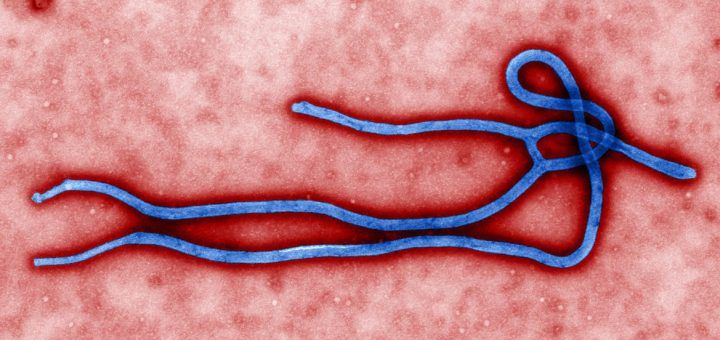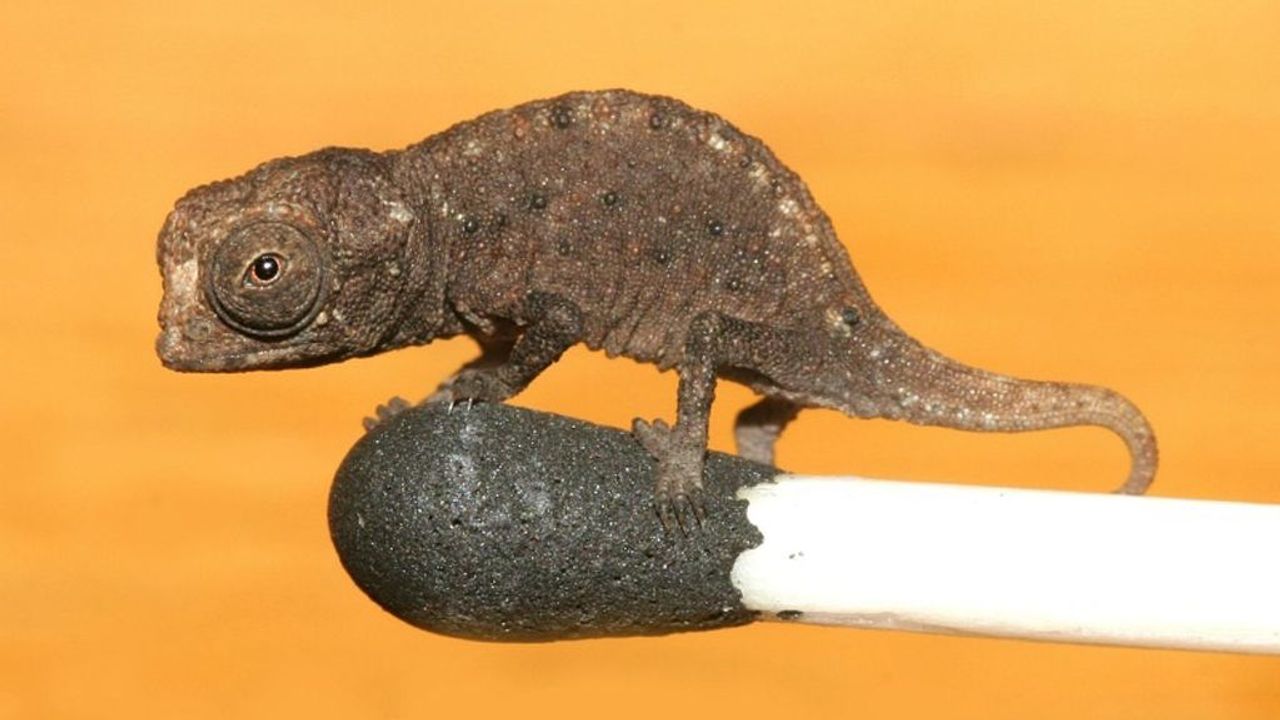Haptics of Miasma explores contamination and loss of boundaries, through the concept of ‘Miasma’ (a pre-germ-theory explanation of disease). Miasma actually means ‘pollution’ but could also be foul odours, fog, mist and noxious gases that spread both ill-health and immorality through the air.
Germ theory, conversely, equates haptics and touch with the cause of disease or infection; through contact germs move between hosts. “Germ” refers to not just bacteria, but to any type of micro-organism or even non-living pathogen (virus, funghi etc) that can cause disease. Germ theory, accepted as the dominant scientific explanation for disease around the 1880s, is a method of containment, preventing the spread of viruses and bacteria between organisms through sterilization, hand-washing and separation as well as vaccination. Since its widespread adoption germ theory has indisputably saved billions of lives and in part, has created modern medicine.
In her work on microbial ecosystems ecologist and engineer Jennifer Green looks at how the architecture of hospitals and other buildings are extremely effective at keeping the outside out – through heating, filtering, and air-conditioning systems, in order to prevent the spread of germs, and subsequently, infection. However, in her research she questions this assumption. Green argues that, due to sealing out ‘the outdoors’ so successfully, the microbial matter in hospital air is almost 100% human (from skin and saliva), while the healthiest air is that composed of microbes of plant and soil. Prior to Germ theory, hospitals designed to manage miasma had large windows, lots of natural light and airflow and were surrounded by gardens and trees. Patients were encouraged to spend as much time outdoors as possible. As superviruses proliferate in hospitals and scientists discover the naturally antibiotic effects of sunshine and fresh air, this Miasmatic approach to treatment and prevention is now being revisited.
Miasma theory is holistic, a relational and negotiated approach to our environment, its postulates that if our surroundings are not healthy, neither are we. Through its more atomised approach, germ theory is much more compatible with capitalism. We can literally ‘wash our hands’ of contamination, and separate from the filth of our environment. Miasma theory, on the other hand, has us always-already contaminated. Within the Miasmiatic approach we are implicated in our environment and held accountable to our societal failings; jails release Miasma which affects the health of everyone else, swamps punish us by releasing miasma if they are encroached upon.
In our current state of global Coronavirus pandemic, partly caused by the climate and ecological crises, myths of separability must be challenged. First Nations/ Indigenous communities have long had a far more sustainable relationship to their environment, in part due to seeing themselves as inseparable from it. The present is a testimony to impossibilities of containment on a global scale. Deforestation in Brazil causes natural disasters on the opposite side of the world; within a matter of weeks a pathogen can spread across the globe irrespective of state borders.
Haptics of Miasma uses the frame of miasma theory to explore existing and imagined states of contamination, unsovereignty and borderlessness. The body of prose, poetry and essays speak from an urgent place of interconnectedness and terrestrial immanence.



